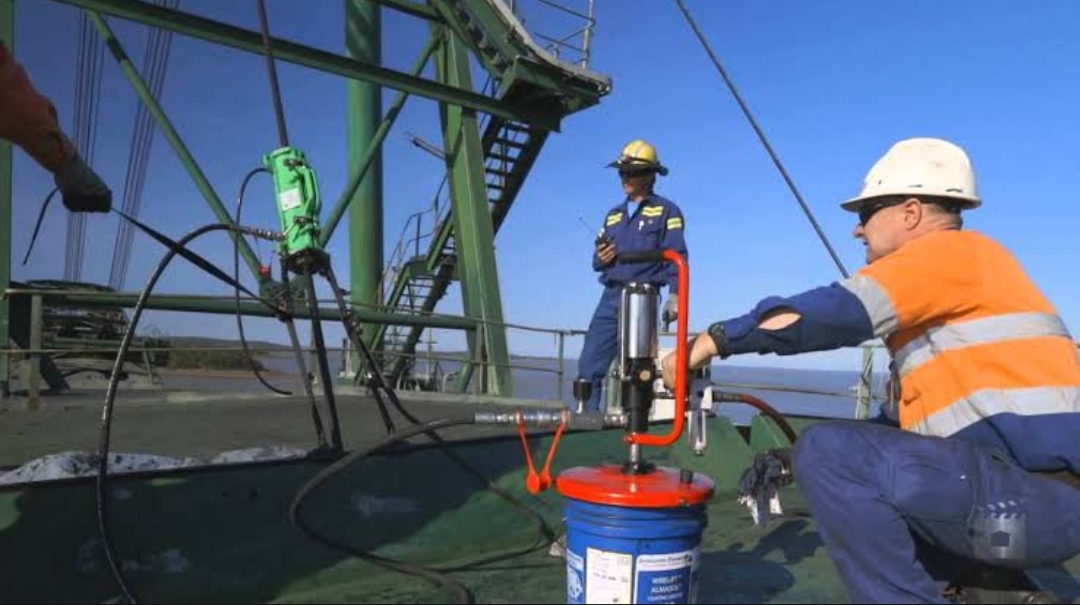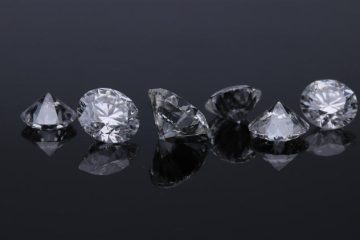Whether guiding massive loads on a crane or hoisting up elevators in skyscrapers, wire ropes perform critically important functions across industries. Though made from strong steel strands, these metal cables are subjected to extreme stresses and abrasive conditions that can severely impact their working life. This is where proper wire rope lubricant comes in. As per experts like Viperwrl, by decreasing friction between the internal strands and outer environment, lubricants greatly reduce wear and ensure smooth, reliable operation. For companies that rely on overhead cranes, hoists, and other equipment with wire rope components, understanding the best lubrication practices is essential.
The Importance of Wire Rope Lubrication
During normal operation, individual wires within a wire rope experience metal-on-metal contact with adjacent strands. This generates internal friction and abrasion that wears down the steel over time. External friction also occurs between the wire strands and their running environment such as sheaves. Without lubrication, this leads to premature replacement, unplanned downtime, and safety risks.
Proper lubrication forms a protective barrier between contact surfaces. Using specialty lubricants made from molybdenum disulfide, graphite, copper flakes, or other solid additives reduces friction dramatically compared to regular oils. This allows the internal strands to move independently without damaging each other as they bend and flex. It also minimizes external abrasion from sheaves, guide rolls, and intermediate supports. This keeps critical equipment running reliably while extending the operational lifespan by preventing unnecessary wear.
Choosing the Right Wire Rope Lubricant
With employees working around dangerous loads suspended overhead, using the correct lubricant is vital. Cheaper options may wash away quickly or lack adequate friction reduction. For the high loads and extreme environments faced in most material handling settings, specially formulated wire rope lubricants are essential.
Several factors determine the most effective option, including compatibility with original equipment manufacturer (OEM) specifications, longevity, and environmental operating conditions like moisture, dust and temperature extremes. Good wire rope lubricants should maintain clingability without thickening in cold weather or dripping off cables in hot temperatures. Look for lubricants with solid additives like those mentioned above along with rust and corrosion inhibitors. Proper viscosity is required to stay on wire ropes without being sticky or attracting contaminants. Custom blends for unique settings like offshore maritime applications are also available.
Application Best Practices
For optimal results, wire rope lubricants must be applied properly at regular re-lubrication intervals. This involves choosing the right method for each installation and equipment configuration. Options range from automated systems dispensing oil within a cable drum to heavy brush-on greases manually applied on-site. Nozzles, drip systems, or steam cleaning may precede lubricant application to remove old grease and debris.
Always cover every strand of wire rope evenly across its entire running length. This includes sections under bindings that compress the lubricant and require extra attention to prevent wearing. Carefully follow specified reapplication intervals based on intensity of use, environmental conditions causing wear, and as called for in equipment manuals. This sustains a protective lubricant barrier keeping critical cables running in top form.
The Takeaway
Maintaining reliable, safe overhead loads requires proactively sustaining hoist systems through proper lubrication. While an added operational task, it extends service lifetimes, prevents failures, and provides peace of mind that industrial lifting equipment remains in certified working order. Using specialty wire rope lubrication products distinct from common hydraulic oils gives the thickness, clingability and extreme pressure additives needed across material handling settings. Following recommended application procedures ensures every cable strand receives protection against internal and external abrasion threatening uptime and worker safety. By renewing that slippery lubricant barrier at regular intervals, companies keep these steel giants running smoothly for years to come.




